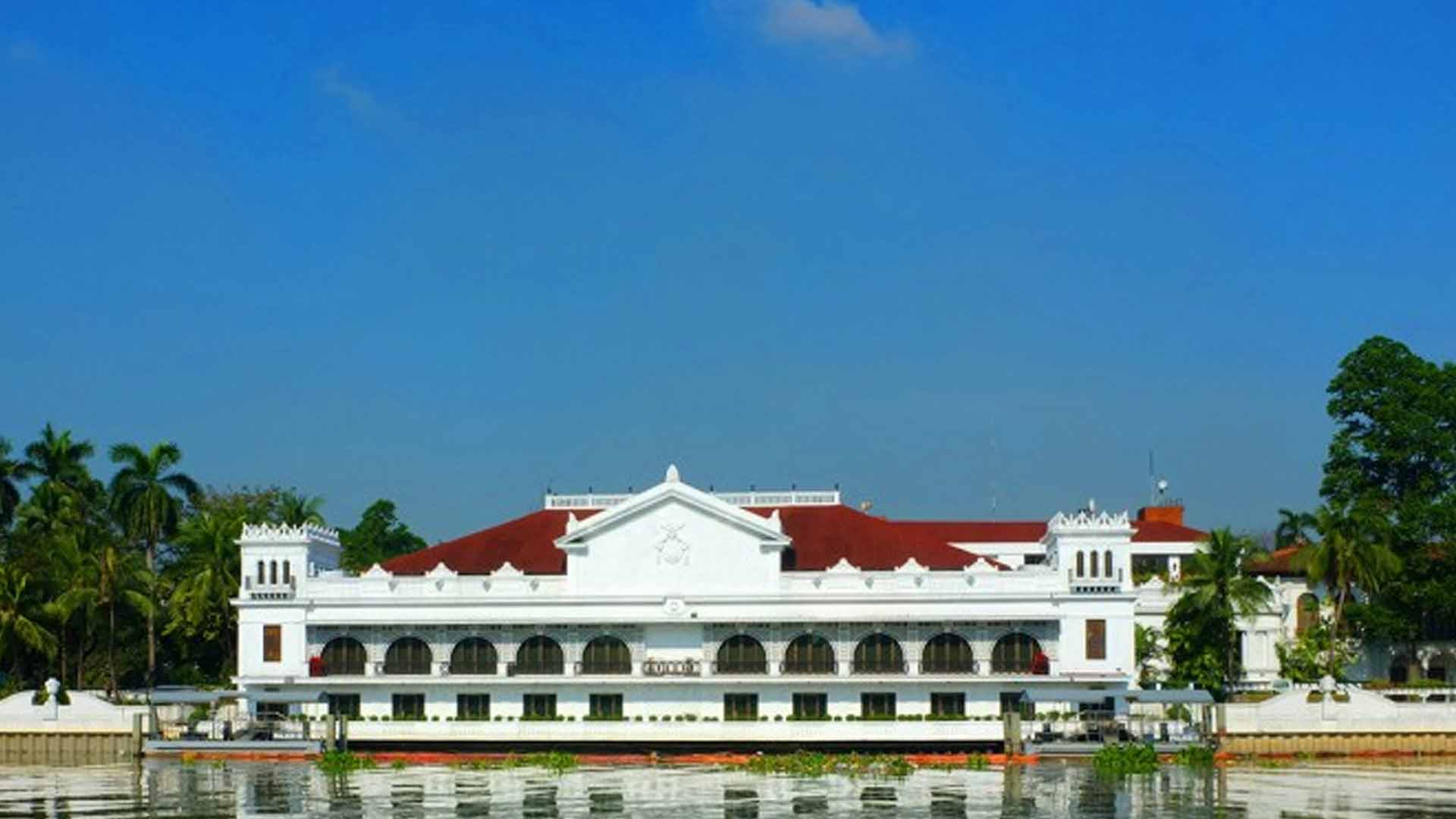The Pasig River Urban Development Project will be “people-centered and community-driven,” President Ferdinand R. Marcos Jr. said Wednesday, as he recognized the river’s cultural and historical significance.
During the inauguration of the showcase area of the Pasig River Urban Development Project in the city of Manila, Marcos said his administration aims to “blaze a path forward for this national asset,” rejecting the defeatist view that the Pasig River is “beyond redemption.”
“We are here to consecrate ourselves to the mission of transforming Pasig River to what it is supposed – to be a living river of multiple benefits for the multitude, featuring safe walkways and bikeways along its bank, a green corridor that will serve as lungs for our city’s needs, a string of parks for communities nearby,” he said.
“Make no mistake about it. It will be a people-centered and community-driven development with ideas crowdsourced from experts and carried out with political will.”
While he admitted that there is a slim chance to restore the Pasig River to its pre-colonial pristine condition, Marcos said the government would stop the river from being “a petri dish of toxins” and make it instead “an incubator of progress and of best environmental practices.”
The President said the government would come up with “new and fresh” ideas to ensure the success of the comprehensive urban development project.
“Along the 2-km. stretch will judiciously sprout commercial enterprises run by the best stewards and the strongest stakeholders of the river’s development – the people themselves. We envision civic spaces where our children will play, our seniors will relax, families will exercise, artists can showcase their talents and the creative can display their wares,” he said.
“We want it to be a permanent exhibit area of green technology that works from solar lights to rain-harvesting facilities, sustainable practices like urban gardens. We will also maximize this ready-to-use but underutilized maritime highway by deploying more ferry boats’ stations because if you build them, the riders will come.”
Marcos said he has asked for quarterly and yearly progress reports on the project to ensure the “sustainable speed” and the “final and logical conclusion” of the redevelopment of Pasig River.
He emphasized the need to continue the cleanup drive and relocate the poor and vulnerable people living along its banks, considering the threat of climate change and frequent typhoons.
“The transformation we would like to see in Pasig River (is) not cosmetic in nature. We will not paper over the river’s fundamental problems nor whitewash its grime while leaving the old and rotten still there. We do not want the river that is instantly made picturesque by coats of paint,” Marcos said.
Dubbed as the “Pasig Bigyan Buhay Muli” (PBBM), the urban development project aims to transform the Pasig River into a center of economic activity, tourism and promote transportation connectivity in Metro Manila and adjacent provinces.
On July 25, 2023, Marcos issued Executive Order (EO) 35, mandating the “rehabilitation of the Pasig River to its historically pristine condition conducive to transport, recreation and tourism.”
After the issuance of EO 35, the Inter-Agency Council for the Pasig River Urban Development (IAC-PRUD) chaired by Department of Human Settlements and Urban Development (DHSUD) Secretary Jose Rizalino Acuzar developed a master plan for the rehabilitation project, which was subsequently approved.
First Lady Liza Araneta-Marcos was the first to throw her full commitment to the project, which will give rise to mixed-use establishments along the river banks from Manila to Pasig City, thus, maximizing the waterway’s full potential.
Recreational and wellness amenities, such as public parks and jogging and bike paths, will also be constructed in key areas along the 26-km. stretch of the river, which traverses 11 cities in the metropolis, the DHSUD said. (PNA)





















